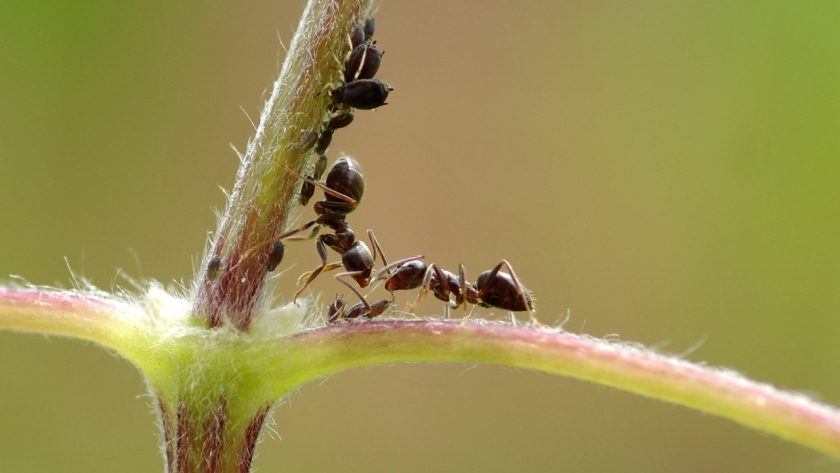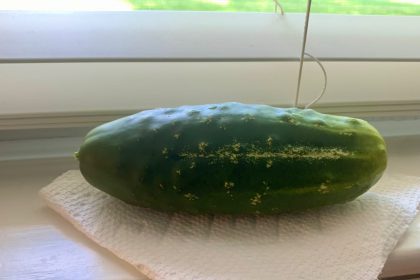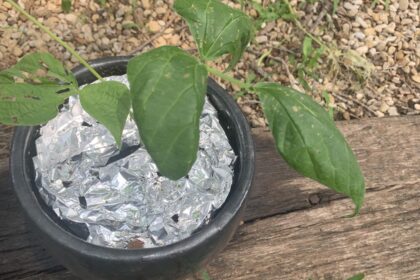Aphids come from various sources and have different ways of entering your garden. Here are some common ways aphids can infest your plants:
- Overwintering eggs: In colder regions, some aphid species lay eggs on plants or trees during the fall before winter arrives. These eggs can survive the winter and hatch in spring, leading to an aphid infestation.
- Migration: Aphids are capable of flying, albeit for short distances. They can migrate from nearby infested plants or from neighboring gardens, fields, or wild areas.
- Infested plants: Aphids can hitch a ride on infested plants that you bring into your garden. This can happen when you purchase new plants from nurseries or when you introduce plants from other gardens without inspecting them carefully.
- Weeds: Aphids are known to infest weeds, and they can transfer from weeds to your cultivated plants. If you have a lot of weeds in or near your garden, they may serve as a source of aphids.
- Ants and other insects: Ants are attracted to the honeydew, a sticky substance excreted by aphids, and they may actively protect aphids from predators. Ants can “farm” aphids by moving them to new plants. Other insects, such as wingless aphids or aphid nymphs, can be transported by wind or other means to your garden.
- Adjacent crops or plants: If your garden is near agricultural fields or other gardens with aphid-infested plants, the aphids may disperse and infest your plants.
It’s important to note that aphids reproduce rapidly, and a small infestation can quickly grow in numbers. Regular monitoring of your plants for early signs of aphid presence can help you take action promptly to prevent a widespread infestation.
By practicing good garden hygiene, monitoring plants regularly, and taking preventive measures like companion planting or using organic controls, you can minimize the risk of aphid infestations and keep your plants healthy.










